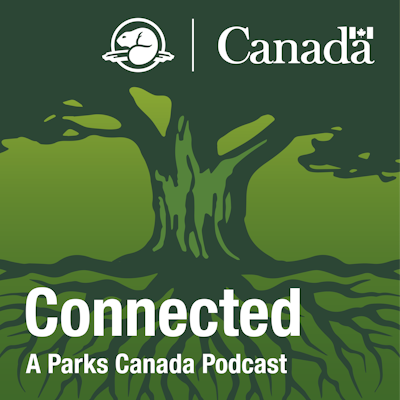
Westslope cuthroat trout
Kootenay National Park
Quick facts
Grows on average up to 30cm, but size varies widely
Likes cold, clean water
Eats mainly invertebrates and zooplankton, but adapt to food availability
Lives up to 16 years
SARA status: Special Concern in BC (2010)
It’s easy to misidentify a cutthroat as a rainbow trout as they share common features like a streamlined build, dark spots along the body, and lighter-coloured tones. A great defining feature and the namesake for westslope cutthroat trout are the two vibrant red slashes on their lower jaw. Westslope cutthroat trout are what’s known as an indicator species – organisms that can tell us that something will or has changed within their environment. Monitoring factors like population size and distribution, or mortality and reproduction rates can help reveal the shifts and stressors in their environment.
Connected: A Parks Canada Podcast New
All animals and plants are protected inside the national parks, but some need extra help. Connected will introduce you to species at risk that are in danger of disappearing.
Episode 2: Westslope Cutthroat Trout (16:57) explores alpine lakes with Brad Stitt and Shelley Humphries, the "Saving Threatened Trout" project leaders. Discover what it takes to correct past mistakes and reintroduce westslope cutthroat trout to their native habitat. Find ways to listen for free below.
Where they live
Westslope cutthroat trout have several different life strategies — some will live within rivers their entire lives, while others only come to streams to spawn and then return to lakes. As the temperatures warm up mid-spring, you can find increasing numbers of cutthroats spawning in shallow and fast-flowing sections of rivers and streams. They prefer clean, cold, clear water. In Kootenay National Park, cutthroat are found in streams flowing into the Kootenay and Vermilion rivers.
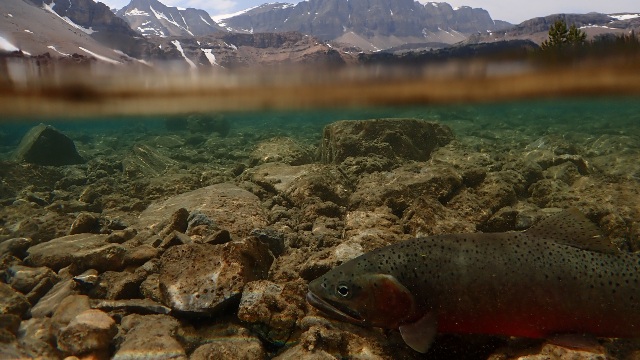
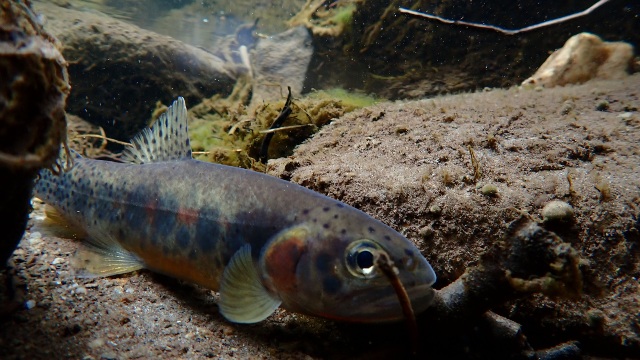
Why they are at risk
Non-native fish
The historic introduction of non-native fish species in the mountain parks has had lasting impacts on our aquatic ecosystems. Brook trout are habitat invaders competing for food and space in native westslope territory. They often win because they hatch early in the season and have first access to important resources.
Rainbow trout crossbreed with westslope cutthroat trout, creating hybrid populations. This ultimately results in less biodiversity in our lakes and streams. Cross breeding dilutes the native westslope gene pool and threatens the survival of this native species.
Habitat alterations
One of the few naturally occurring wild trout species in Western Canada, westslope cutthroat trout now occupies less than 10% of their historic range. Loss and damage to stream habitat, fragmentation of stream connectivity, and increasing water temperatures due to climate change are large culprits of this decline.
How Parks Canada is helping
- Conducting stream surveys to locate genetically pure westslope cutthroat trout
- Collecting DNA from cutthroat trout to determine whether they are hybridized
- Restoring fish passage by fixing and replacing highway culverts, where appropriate
- Monitoring and indexing stream health characteristics throughout the park
- Planning for future westslope cutthroat trout reintroduction projects
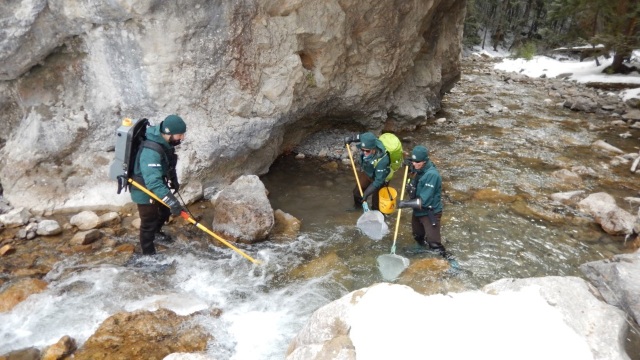
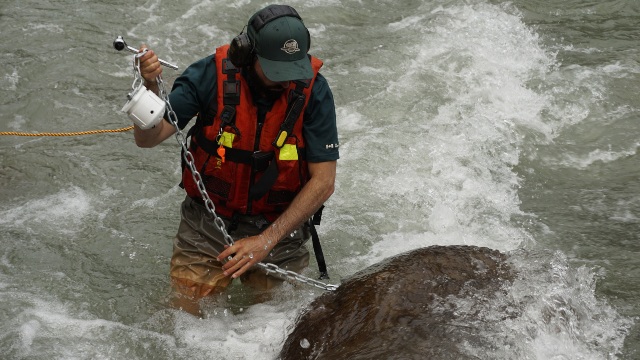
How you can help
- Obey fishing regulations
- Know how to correctly identify your catch
- Report poachers, if safe to do so, to Parks Canada Wardens at 1-888-927-3367
- Share your knowledge with other anglers
- Clean all mud, sand, plant, and animal materials from your watercraft, gear, and angling equipment.
- Drain all watercraft, gear, and angling equipment before leaving the waterbody.
- Dry for at least 48 hours when last used within AB, BC, NWT, or YT; and at least 30 days when last used outside of AB, BC, NWT, or YT.
Learn more
- Date modified :

